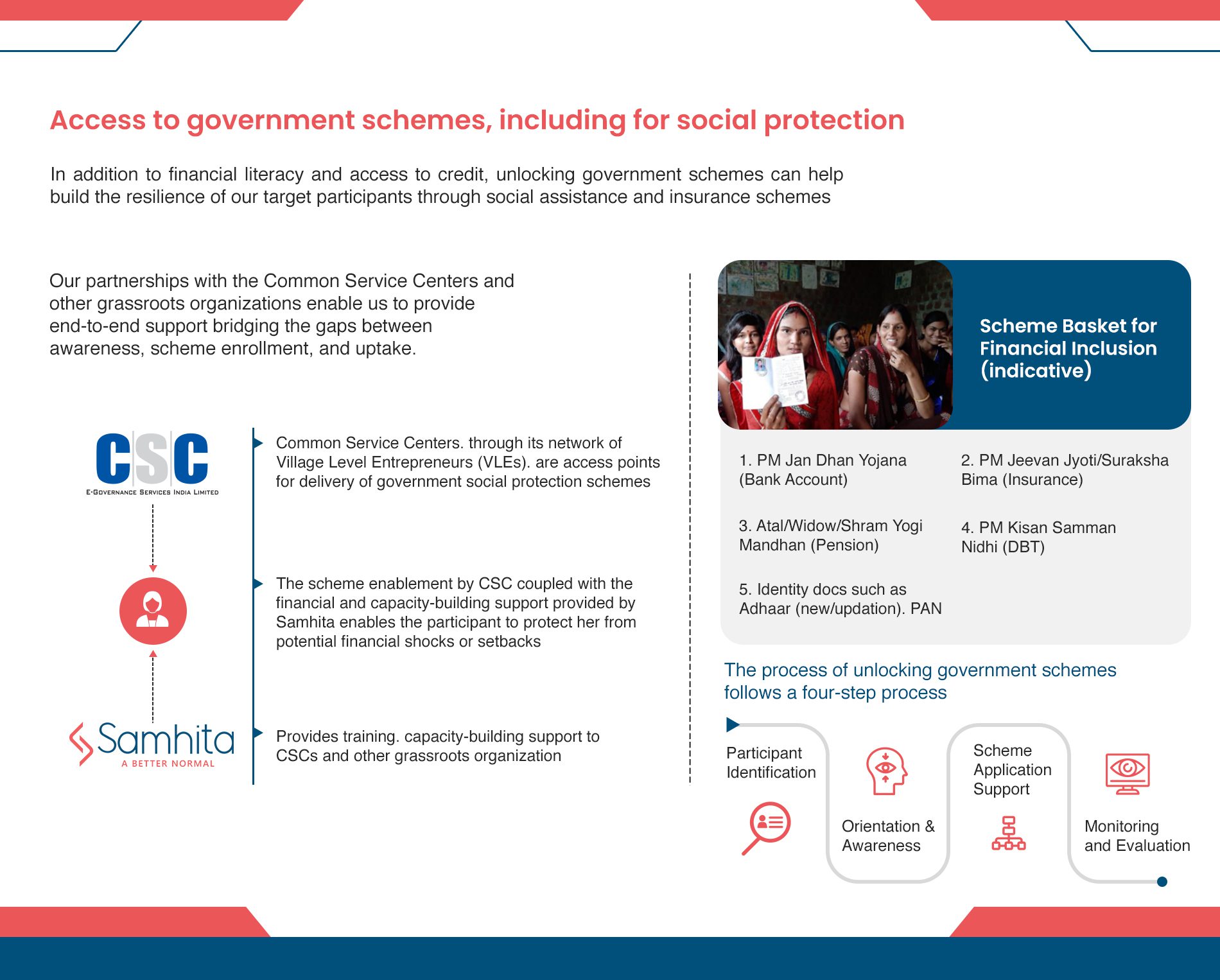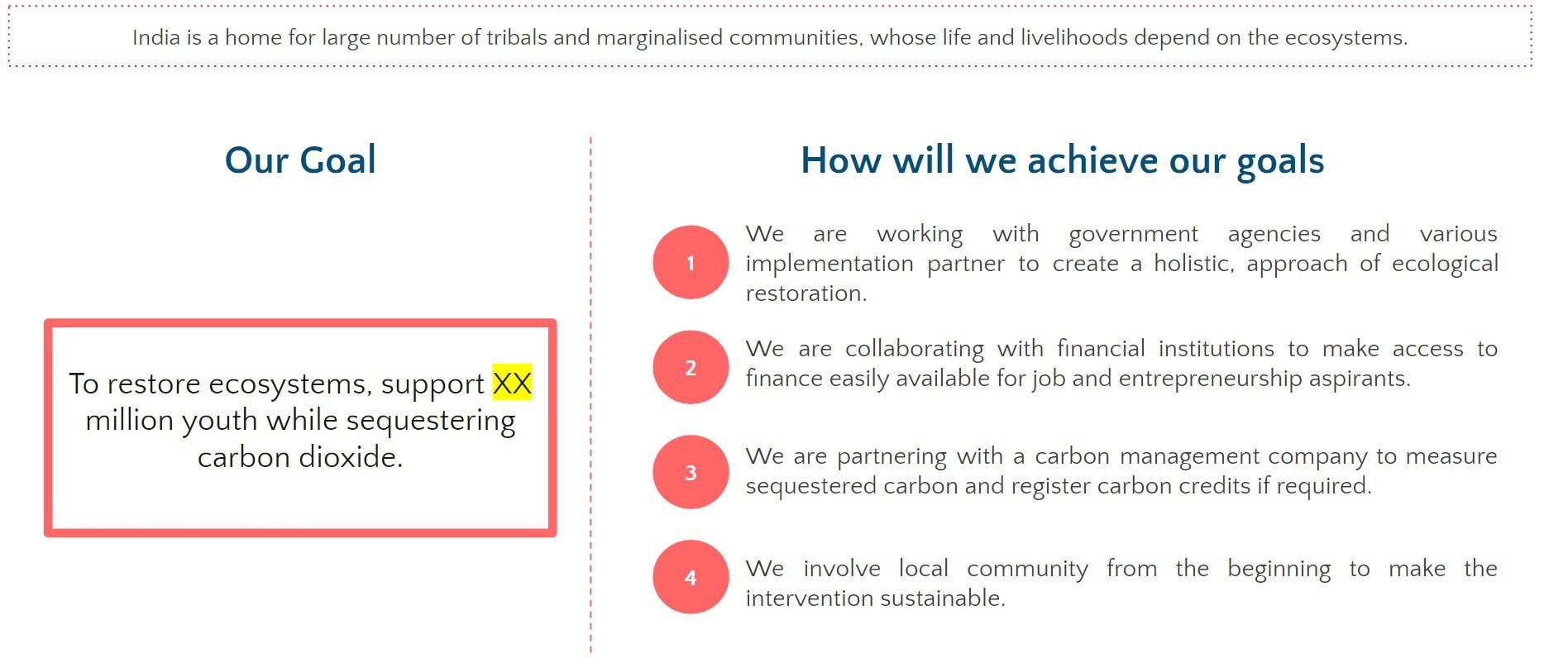How do we ensure women have better access to modern contraceptives? Simple. Get all players onboard.
In 1952, India became the first country in the world to initiate a national family planning program, marking a significant milestone in global public health and socio-economic strategy. By advocating for population stability, India, then a recently independent nation from the global south, demonstrated an intuitive understanding of the effect of demographic trends on economic progress. India’s visionary initiative not only affirmed its commitment to sustainable development but also highlighted the attention the country was giving to women’s health.
It is widely known, and empirically proven, that a nation’s growth relies on the health of its populace, particularly that of its women. Seamless and equitable access to quality healthcare, including sexual and reproductive healthcare, empowers women and improves their prospects for earning and saving, thereby facilitating personal and familial advancement. This, in turn, drives national growth and development.
Women’s reproductive health continues to be of crucial importance for India today, especially in view of India’s current demographic landscape and the potential for women’s economic participation in the long term. Research shows that investing in women’s participation yields high returns, with $3 gained for every $1 invested globally (even higher in developed regions). While some low-income countries may need additional investment in infrastructure, the benefits still outweigh the costs (around $2 return per $1 invested). Women who can plan their families are more likely to pursue education and career opportunities, contributing to economic productivity. Enhancing access to and affordability of modern contraceptives, especially for marginalized women, is one such challenge. Both public and private sectors are striving in their own spheres to address this need, but gaps persist.
Modern contraceptives: A complex landscape
Several issues limit women’s access to products and services for reproductive health. Consider, for example, the issue of access to modern contraceptives: a complex landscape with multiple factors at play. Female sterilization remains the most commonly used contraceptive method in India. Though the public health system has made efforts to broaden the contraceptive basket, the availability of temporary, reversible contraceptive options remains limited. This scenario does not fully align with the diverse needs of today’s young women, who prefer temporary birth control that effectively postpones pregnancy and childbirth to allow time for educational, career, and other goals.
The private health sector, which could expand women’s contraceptive options, finds itself limited by stringent regulations and administrative procedures that hinder the introduction of advanced contraceptive methods, like long-acting reversible contraceptives (LARCs). Variations in regulatory requirements across different sub-national regions also lead to inconsistencies and confusion among consumers. These factors inhibit private sector interest, investment, and innovation in the contraceptive marketplace.
Access to a broad range of oral contraceptives in developed countries highlights the importance of comprehensive reproductive health services. This access supports women’s health, autonomy, and socio-economic advancement by providing the means to control fertility and manage reproductive health issues effectively. For young girls and women in India, their evolving contraceptive needs to be acknowledged, and tailored solutions require a change of track. Crucially, it warrants strategies that promote expanded contraceptive choices, streamlined regulations, and consistent access pathways across both public and private healthcare systems.
WOHLA: Fostering a collaborative ecosystem
Women’s Health and Livelihood Alliance (WOHLA) is borne of the need to promote greater collaboration between the various stakeholders operating in or relevant to the women’s sexual and reproductive health space in India. Its aim is to serve as a platform for the government, commercial actors, and NGOs to co-create solutions for improving health outcomes for the most vulnerable Indian women.
India’s young women today have better information about and opportunities for education and work; this incentivizes them to delay having children. Recognizing this shift, WOHLA takes a multi-pronged approach to tackle the challenges surrounding access to modern contraceptive options. The key pivots around which WOHLA will drive collaboration are as follows:
- Policy advocacy and regulatory reform: One of the primary ways in which WOHLA aims to do this is by actively engaging with policymakers to advocate for policy revisions to eliminate barriers and enhance access to contraceptives. This includes lobbying for national guidelines to clearly mention newer contraceptive methods, simplifying the scheduling of drugs as per recent international guidance, facilitating the marketing and promotion of innovative contraceptives in the private sector, and delineating the roles of different healthcare providers (such as AYUSH) in offering contraceptive services. By thus helping to address regulatory obstacles, WOHLA aims to foster a conducive environment for private-sector investment and innovation in the Indian contraceptive market.
- Market expansion and private sector engagement: WOHLA aims to also collaborate with private healthcare and life sciences companies to encourage the introduction of a wider array of contraceptive options. By encouraging private sector participation, WOHLA hopes to enhance the availability and accessibility of advanced contraceptive methods, offering women a broader range of choices tailored to their individual needs.
- Expanding access through provider diversity: Some healthcare providers, including alternative medicine practitioners, are currently restricted from offering contraceptive services in India. WOHLA plans to advocate for expanding the pool of qualified providers authorized to deliver contraceptive counseling and services. The aim is to enhance access, particularly in underserved areas, by leveraging the entire healthcare workforce, thereby addressing gaps in service delivery.
- Public-private partnerships and resource allocation: WOHLA also plans to facilitate collaboration between public and private systems to optimize resource allocation. This will involve identifying areas where resources can be utilized more effectively, streamlining public-private partnerships for financing and service delivery, and leveraging the strengths of both sectors to enhance the affordability of contraceptive services. The private sector in India is well-placed to drive social change by creating compelling campaigns that challenge existing norms and promote new behaviors. The WOHLA initiative aims to bring together government agencies and private/commercial entities across various industries and sectors, including Banking and Finance, Information Technology, and Micro, Small, and Medium-sized Enterprises (MSMEs), to channel resources for the women’s healthcare ecosystem. The goal is to increase awareness of women’s and girls’ issues, consolidate resources, and improve access to reproductive healthcare, thereby promoting gender equity.
By simplifying and broadening access to safe and diverse contraceptives for women, WOHLA aims to empower women to make better, more informed choices about their reproductive health. Further, by roping in private sector involvement, the initiative aims to bolster innovation, not just in women’s health but also their enhanced economic participation. WOHLA’s success would, thus, lie in fostering a healthcare marketplace driven by collaboration and a joint focus on unlocking women’s capacity to choose and thrive.
- Family Planning – A Right and A Choice https://india.unfpa.org/sites/default/files/pub-pdf/FamilyPlan_06-07-2013.pdf
- Closing the women’s health gap: A $1 trillion opportunity to improve lives and economies https://www.mckinsey.com/mhi/our-insights/closing-the-womens-health-gap-a-1-trillion-dollar-opportunity-to-improve-lives-and-economies






















































































































